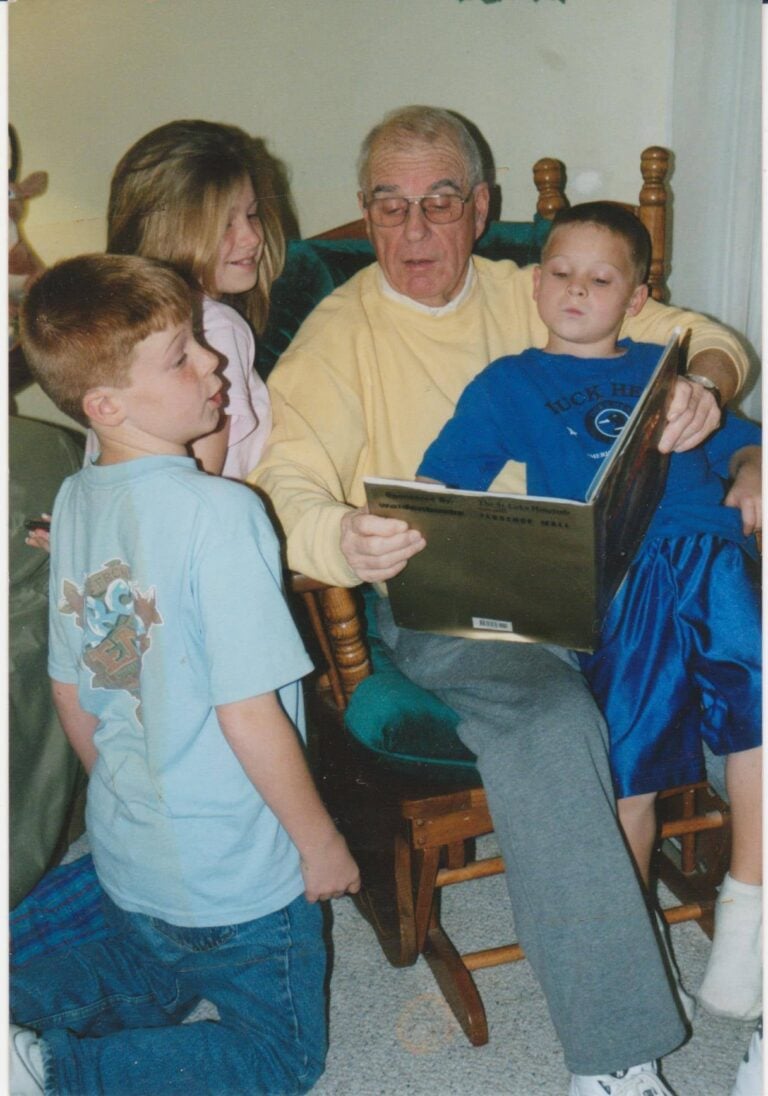By Robert McCool
University of Kentucky
The first winter storms of the new year have passed, but winter is far from over. While we look forward to spring, it is important to keep safety in mind during the remainder of the winter.
Heating is essential for safety and comfort during the winter, but it can present dangers. Heating is the most common cause of home fires and fire-related injuries, as well as the third most common cause of fatal fires. Over half of all heating-related fires occur from December through February.

If your heating system burns fuel, such as propane, natural gas, wood, coal or oil, have your chimney or vent pipe checked every year by a qualified professional. They will remove any built-up creosote or other flammable material and obstructions from the chimney or vent. They also will check for cracks or gaps in the liner. Regular heating system service reduces the risk of fire and reduce the chance that dangerous carbon monoxide (CO) gas might accumulate in your home. CO is colorless and has no odor so it can build up to dangerous levels without being noticed.
Keep anything that might burn, including furniture, draperies, bedding and other items, at least three feet away from any heat source. This includes wall heaters, fireplaces, heating vents and portable space heaters. This can be difficult in smaller rooms, but it is very important to keep flammable items well away from heat sources.
Many people use space heaters, either as a primary source of heat or to supplement their main heating system during especially cold weather. Space heaters are convenient, but they require extra caution. If you use electric space heaters, never plug more than one heater into a single electric outlet, either directly or by using a multi-outlet adapter. Never use an extension cord or power strip with an electric space heater and never run the heater cord underneath a rug or carpet. Only use an electric space heater if it includes a tip-over switch.
Fuel-burning space heaters, such as propane and kerosene heaters, come with extra risks. Refueling these heaters can be hazardous, so it is important to follow the manufacturer’s instructions carefully whenever you refuel a fuel-burning heater. Fuel-burning heaters can also create dangerous CO. Never use a fuel burning heater for home heating unless it is rated and approved for indoor use.
If you use a fuel-burning heating system of any kind, it is essential to have a working CO detector. These detectors monitor the level of CO in the air and provide an alert if CO begins to reach a dangerous level.
Working smoke alarms also are essential regardless of the type of heating system that you use.
Our homes should have one smoke alarm on each occupied level and one in each bedroom. Test smoke alarms at least once each month. Make sure that everyone in the home knows to get out immediately if the alarm sounds and develop a home fire escape plan that includes at least two ways out of each room.
Robert McCool is program coordinator at the Kentucky Injury Prevention and Research Center, which is based at the University of Kentucky College of Public Health.





















